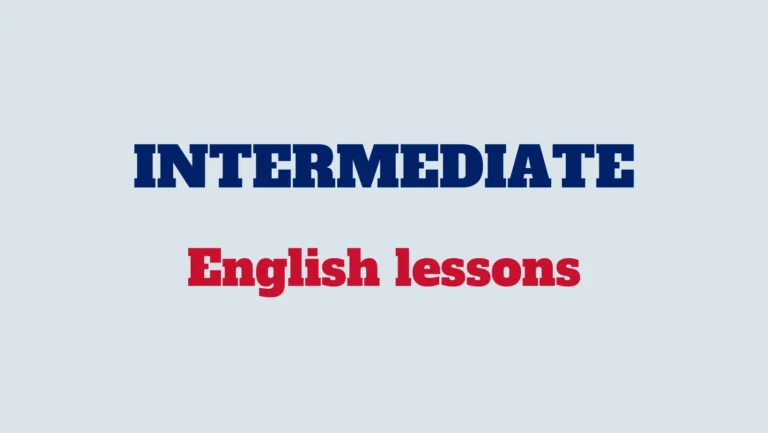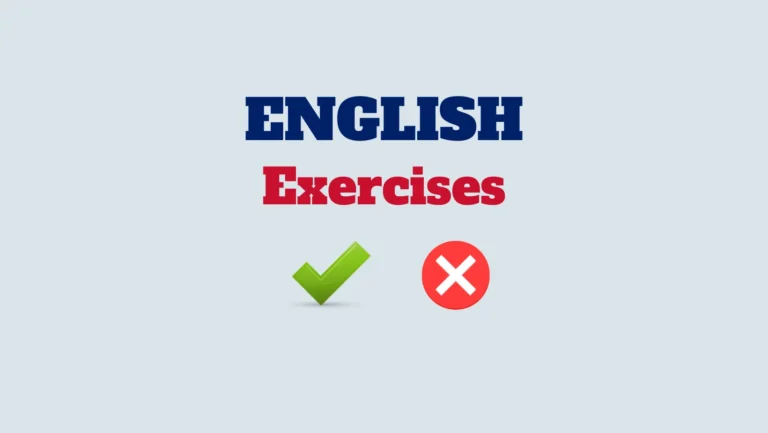The use of prepositions in English can be nuanced, and the distinction between “on time” and “in time” is a common source of confusion. Both expressions relate to punctuality, but they are used in different contexts.

In this lesson, we’ll explore the differences between “on time” and “in time” to ensure accurate usage and clear communication.
“On time”:
Usage:
“On time” is used to indicate being punctual or meeting a specific deadline.
Examples:
The train arrived on time.
Please submit your assignment on time.
Common phrases:
Be on time
Arrive on time
Finish on time
“In Time”:
Usage:
“In time” suggests doing something with a margin before a deadline or just before a specified event occurs. It generally means ”before it’s too late”.
Examples:
She finished the project just in time for the presentation.
We reached the airport in time to catch our flight.
Common phrases:
Just in time
Arrive in time
Complete the task in time
Context matters:
“On time” context:
Generally used for scheduled events, appointments, or deadlines.
Example:
The movie starts at 7 PM; make sure to be on time.
“In time” context:
Implies completing an action or reaching a destination with some time to spare before a deadline or event.
Example:
She finished her homework just in time to join the family dinner.
Special cases:
“On time” for transportation:
Commonly used with arrivals, departures, or travel schedules.
Example:
The bus is expected to arrive on time.
“In Time” for urgency:
Used when there is a sense of urgency or narrowly meeting a deadline.
Example:
He submitted the report just in time for the meeting.
Common mistakes to avoid:
Using “In time” for scheduled events:
Incorrect: We need to be in time for the meeting.
Correct: We need to be on time for the meeting.
Using “On time” when urgency is emphasized:
Incorrect: She arrived on time to catch the early flight.
Correct: She arrived in time to catch the early flight.
In summary, understanding the distinctions between “on time” and “in time” is crucial for conveying punctuality accurately. “On time” relates to being punctual for scheduled events, while “in time” suggests completing an action with a margin before a deadline or event. By paying attention to the context and practicing their usage, learners can navigate these expressions effectively, ensuring clear communication in various situations. Happy learning!



